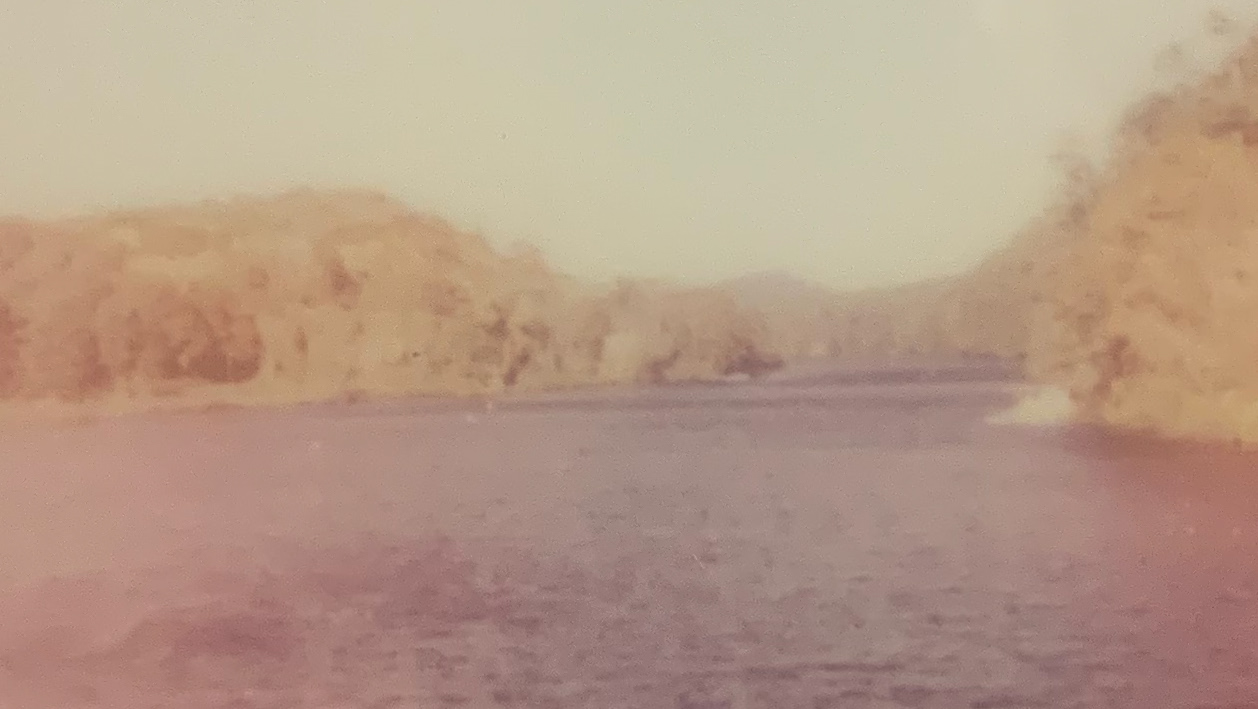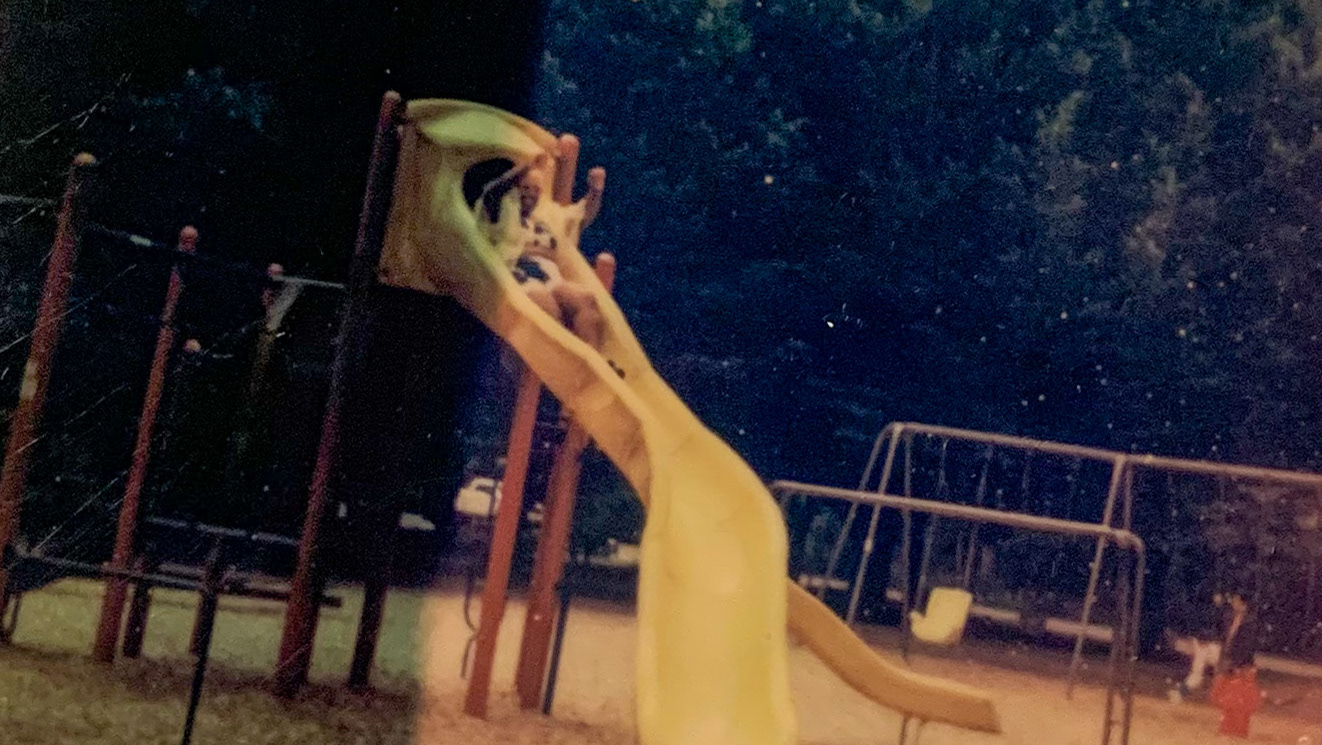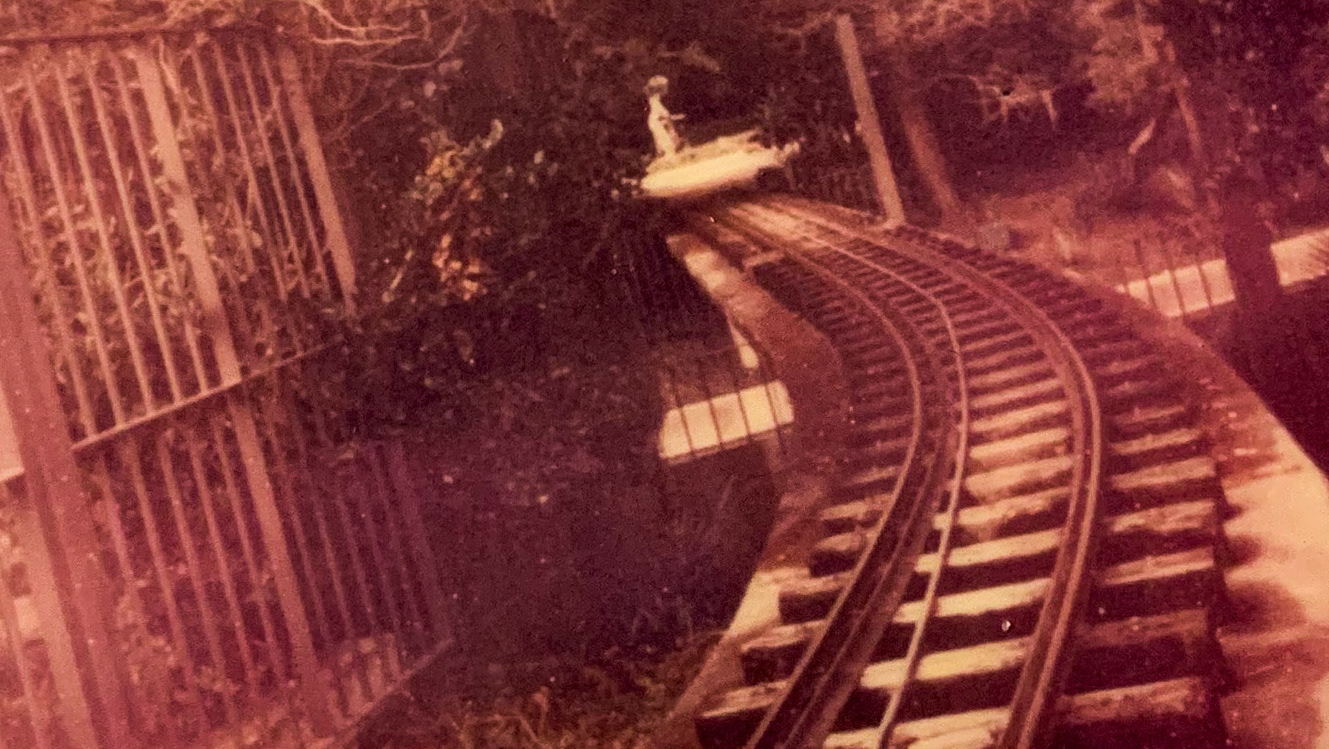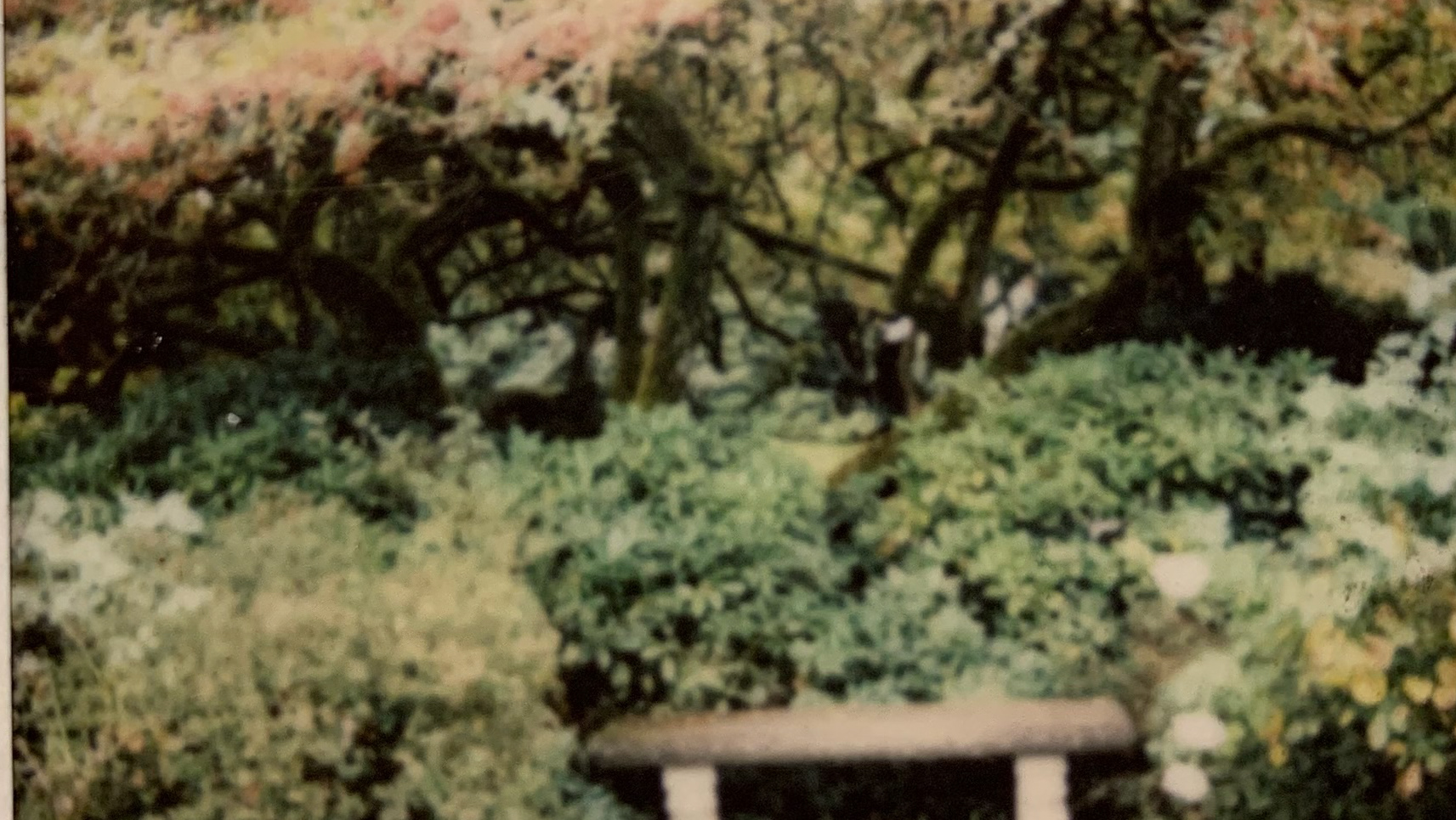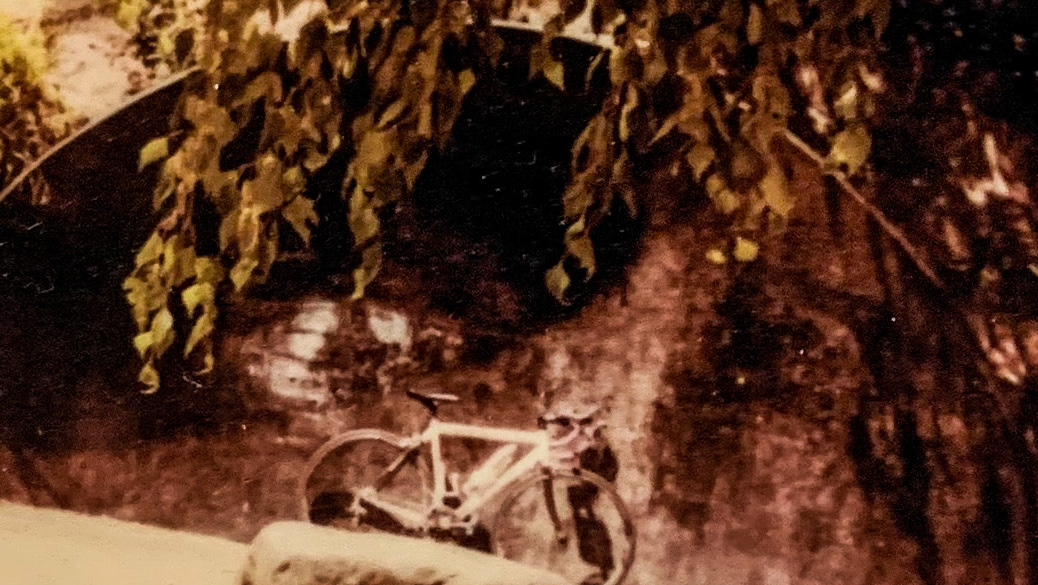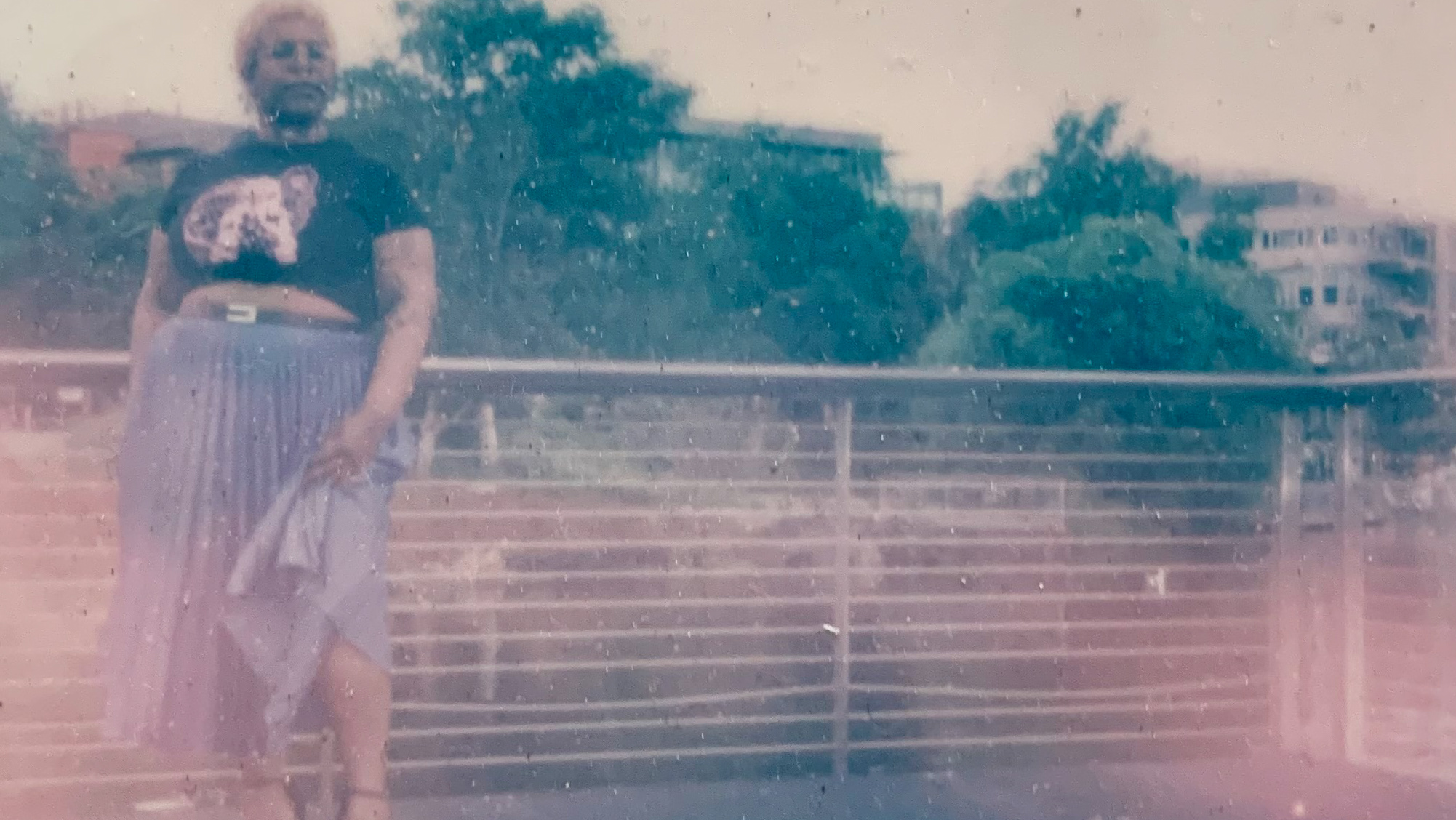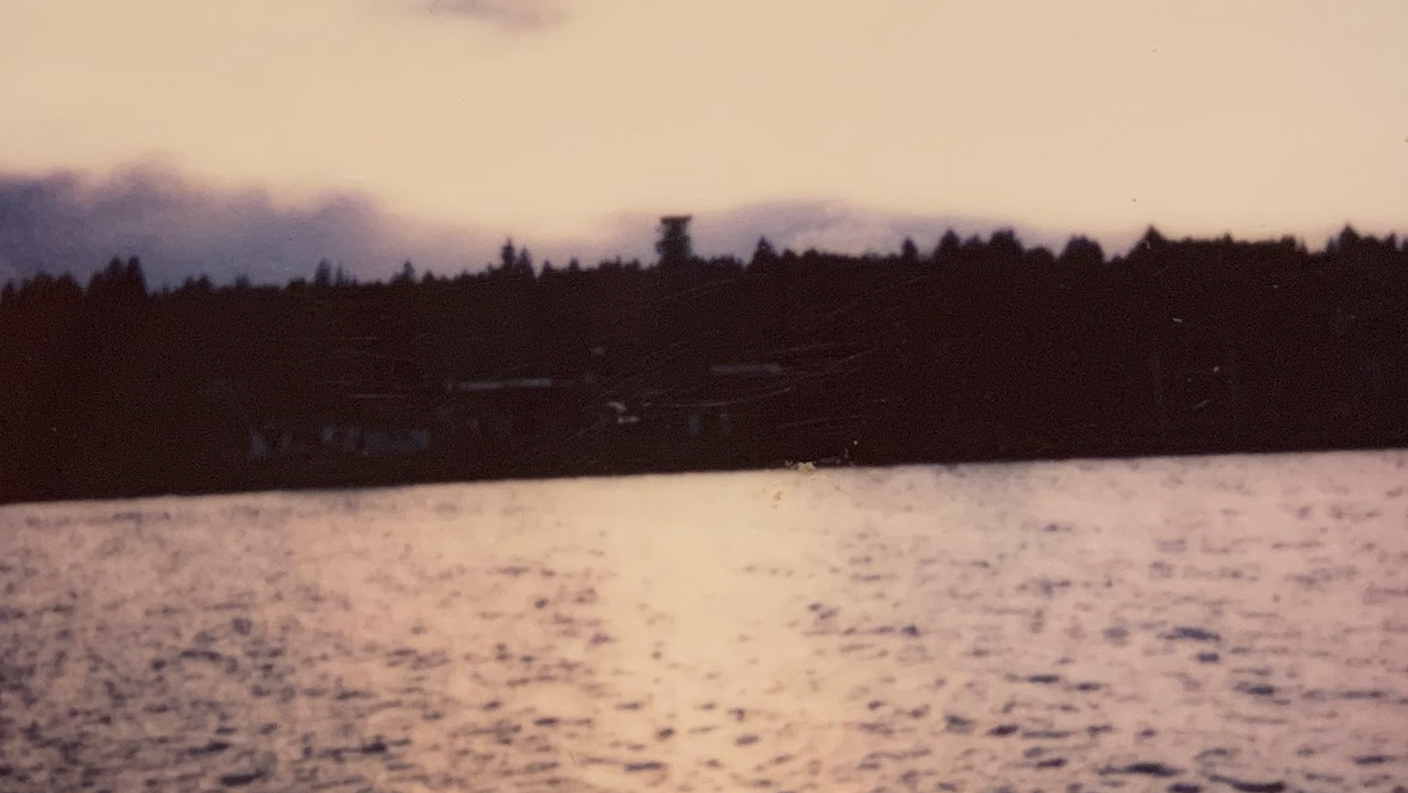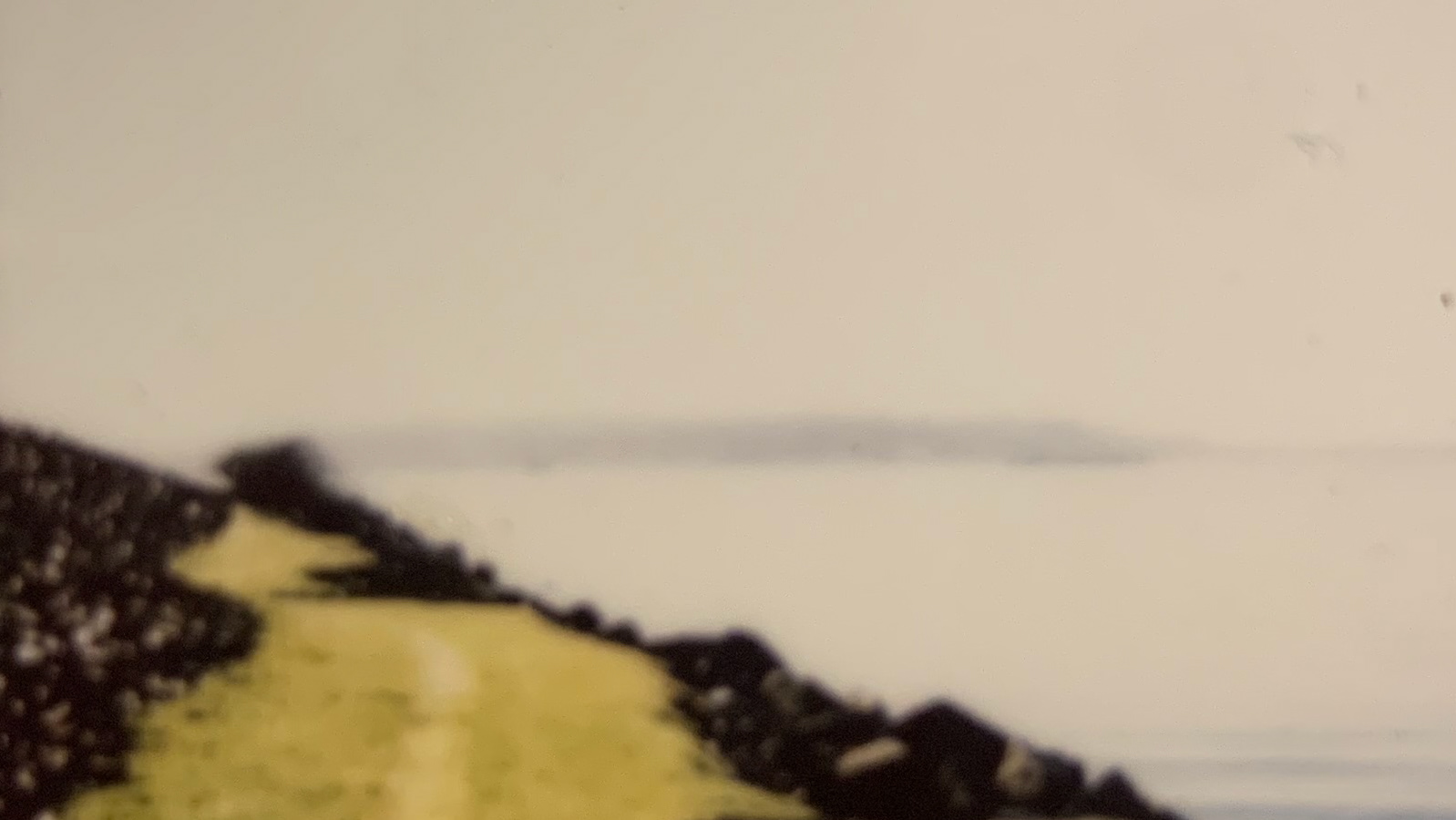-------------------------------------------------------
Expanding Worldviews: A Teaching Philosophy
I am a Black queer femme educator; therefore, when I am involved in academic spaces, I challenge academic standards that were created to uphold elitist ideals that place historically marginalized students into confining boxes. In my past experiences as both a student and teacher, I realized that I cared deeply about learning, but was not in enough spaces that cared deeply about the ways that I learn. Therefore, my teaching agenda is to create learning environments with ample space for cultural and language diversity, as well as neurodiversity. In my courses: (1) students are encouraged to bring in concerns, ideas, and issues that are influenced by their communities and subject positions; (2) they are encouraged to discuss and request accommodations and access needs; and (3) I create reading lists that make students aware of knowledges and discourses that are far too often disregarded in academia.
In a teaching development workshop, my cohort extensively discussed the ways students learn differently. For example, we talked about students who need motivation to learn while some need self-efficiency. After this workshop, I began asking students to reflect about the ways that they learn in the first few weeks of class. We read essays on different learning styles so that students can identify their learning needs and request them throughout the class. Not only do students discover something new about themselves in the process, but they learn to celebrate and advocate for their difference. In any institution I teach, I am aware of practices that seek to make learning environments inclusive to students with diverse learning needs.
I teach works that were written and produced by historically marginalized viewpoints. Stories, photographs, essays, and other cultural productions are representative of cultures, histories, and lives. When we engage in a text, I don’t just ask students about the compositional skills of the text. I ask, how does this text inform us about cultures, traditions, values, identities, and overall way of life from the writer’s/producer’s standpoint? I guide students through activities to help them understand how imaginative and creative practices help build our understanding of the world. Through close reading and analyzing culturally, racially, and linguistically diverse texts, students are offered examples and techniques of the sort of projects and writing styles they can do that will prioritize their concerns. My pedagogy is rooted in debunking static, normative ideas of composition practices. I allow and encourage experimentation to offer students the space to keep practicing, keep trying on narrative voices and styles, keep taking up different concerns, and keep shifting
For example, when reading Ann Petry’s short story, “Miss Muriel,” I want students to see the racial and gendered subjectivity of Black women during the mid-20th century, as well as, notions of belonging in community and in private, familial spaces. Having a diversity of texts allows students to see and witness the diversity of the world. They allow us to see the lived experiences of people in our past, present, and future.
My assignment prompts allow students to respond to texts we discuss in class, as well as any texts they engage outside of course materials. Even though my lesson plans and reading lists are informed by Black feminist communities and critical race theories, I encourage students to bring their insights to the lessons by allowing them to engage with texts that represent their cultures and sensibilities.
I develop pedagogical practices that decenter myself as the primary source of knowledges in the classroom. Peers are encouraged to collaborate with each other and share their cultures, values, and ideas, thereby embracing the diversity inherent in human experiences.
Because I teach multimodality, I have developed non-traditional assessments that balance direct instruction while fostering student independence and agency. I use labor-based grading. I give directions on what I expect from each student— page/time lengths per mode, research quantity (number of citations), number of drafts— and have students pursue their own specific topics, arguments, and discourses. I assess/grade the completeness of the project and offer feedback on the quality and effectiveness of the project. I want students to feel like they are supported and are learning from me. I also hope they feel freedom to explore what is most important to them.
Overall, I hope the freedom of my courses teach students about their own autonomy as learners. The goal of these projects and class activities are meant to tap into and share their concerns and what matters to them and their communities.
Course List
Literary and Cultural Studies Courses
Comparative History of Ideas 260: Shadow Work: Reading Black Horror, University of Washington (UW) (1 section)
Comparative History of Ideas 250: Black Speculative Practice, UW (1 section)
African American 318: Black Horror, University of Washington, UW (1 section)
English 202: Introduction to Literary Studies, UW (TA, 2 sections)
Hum 101: Humanities First Foundation, UW (TA, 2 sections)
Writing and Composition Courses
English 101: English Composition, Seattle Central College (4 sections)
English 110: Stretched Introductory Composition, UW (1 section)
English 108: College Ready Learning Ready/ Writing Ready: Preparing for Success at a Global University, UW (2 sections)
English 131: Composition: Exposition, UW (2 sections)
English 197: Writing in the Humanities, UW (1 section)
English 281: Intermediate Expository Writing, UW (1 section)
English 381: Advance Expository Writing, UW (1 sections)
